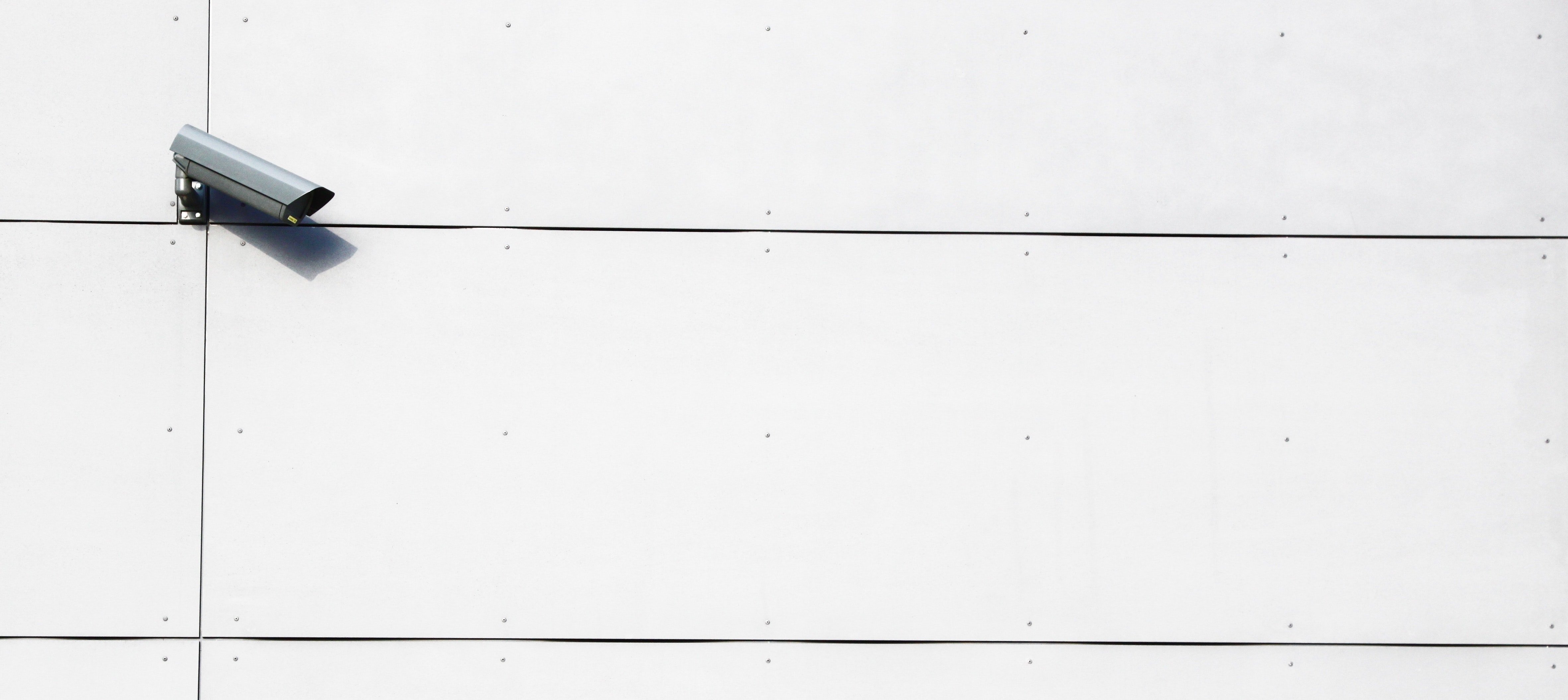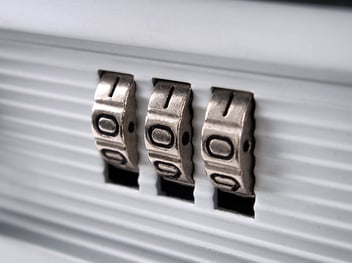Print processes are an essential part of most businesses’ daily operations, and as such, should benefit from the same security features as your other procedures. So why is it that print is often left out of a company’s compliance with the General Data Protection Regulation, or GDPR?
GDPR is a data protection act and an information privacy law. Also known as the right to erasure, the act comes with mandatory rules and constraints for how organizations may use personal data in an integrity-friendly way. In the print realm, compliance is vital to securely handle electronic files and hard copies of information.
In this article, we’ll go over how GDPR affects print management and how you can ensure that your company is doing everything it can to protect against common security risks, including a possible data breach.
Unsure of how GDPR relates to your business? GDPR outlines that any company that collects the personal data (including IP addresses) of anyone from EU member states must comply with its regulations, so chances are this includes you.
What is GDPR?
The General Data Protection Regulation (GDPR) is a data privacy law that grants rights and control to individuals in the EU/EEA over their personal information. It also sets specific rules and principles for businesses worldwide, designed to motivate organizations to find, implement, and revise effective security measures in response to the threats of a rapidly changing technological landscape.
Most of the tech equipment we use daily has evolved dramatically over the past years, and printing is no different. Today, we benefit from smart Multi-Function Printers (MFPs) that can process sophisticated tasks that go far beyond simply producing a printed document.
Today’s printers successfully capture, route, and store information, and while this is incredibly convenient for us, it also means that businesses need to include printers in their overall security strategy.
GDPR has several supervisory authorities that help with enforcement. In the UK, it’s the Information Commissioner’s Office (ICO).
What are the Rules of Print GDPR?
Here is a brief outline of the principles that the GDPR uses in its governance:
- Organizations must keep a clear and transparent privacy policy
- Organizations must have a clear purpose for collecting personal data
- Organizations must collect as little data as is necessary
- Organizations must correct data that is incorrect
- Organizations must not store data past what is necessary
- Organizations must store data through secure means
In the case of a data breach, GDPR states that companies must inform their users within 72 hours of an incident.
GDPR has been around since 2018, but many companies often overlook how this affects the security of their print jobs. But doing this is a mistake.
Possible GDPR Breaches from Printing
More printing features equals a greater need for print security. The question is, where are the potential GDPR issues likely to occur? Here’s a brief overview of the potential risky business areas in your print infrastructure:
1. Unencrypted Data
If you’re not careful with your printing setup, you could unknowingly be letting employees send information over an unencrypted network, leaving them vulnerable to interception. GDPR-compliant software for print should ensure end-to-end encryption of data in transit and at rest. Cloud solutions can help you there.
2. Outdated Printer Servers
If you’re still using outdated printer servers, their security features may not be up to the industry standard. This means that information is being stored in an unsecured environment, vulnerable to breaches and hacking.
3. Unattended Printer Tray
Possible data breaches can also be simple and low-tech. A sensitive document left on a printer tray, for example, would possibly count as a GDPR violation. Luckily there is a way around this scenario with secure pull printing. Secure pull printing (secure hold-and-release queue) is the only way for an organization to reduce the risk of this kind of breach.
GDPR-Compliant Print Management
Are you facing GDPR challenges with company and employee data storage? Most digital tasks, even printing as we’ve just shown you, involve data storage. Print management solutions that are GDPR-compliant have policies and procedures in place to ensure your personal data remains protected.
To prevent mix-ups in printed documents, which can lead to breaches and confidential data getting into the wrong hands, our print solutions are equipped with controlled access mechanisms. With a key card, pin code, on-premises authentication (Active Directory or LDAP), or cloud authentication (Okta, Auth0, PingID, Google Workplace, Azure, etc), your data remains protected. This safeguards data from both internal and external prying eyes.
At Y Soft, we protect user and company data with multi-layered security defenses that withstand a multi-dimensional threat landscape. Other ways we ensure your safety include:
- Zero-trust architecture
- Single sign-on (SSO) and multi-factor authentication (MFA) options
- Role-based access control (RBAC) and least-privileged access
- End-to-end data encryption
- Incident Management procedures
- Compliance with ISO-27001
Safer Printing Takes Place in the Cloud
Are you ready to become GDPR-compliant? It’s easy to understand why GDPR regulations would make it necessary to be careful with your print servers. Which, by the way, while we’re on the topic—contrary to popular belief, cloud print services are a safer way to handle your print jobs than traditional IT systems.
→ 10 Ways to Maintain a Secure Cloud Print Environment
Cloud print has become more popular over the last decade, with many businesses at a loss as to how they can handle the departure of Google Cloud Print. Fortunately, there are cloud print services filling the void like Y Soft’s SAFEQ Cloud.
Not only does the SAFEQ Cloud eliminate pesky on-site printer servers, but it also offers companies a high standard of security designed for Zero-Trust environments. The software undergoes quarterly penetration tests (PEN testing) and frequent vulnerability scanning to minimize the threat surface and keep your infrastructure securely protected.
With SAFEQ Cloud, companies can configure their own secure print environment that is 100% in compliance with GDPR and avoid frightening security vulnerabilities like the Windows Print Spooler Vulnerability or the Log4j Vulnerability.
FAQs on GDPR-Compliant Print
Q1) Does GDPR Apply to Printed Documents?
Releasing any kind of personal or sensitive data through print without taking the necessary precautions to keep the data safe could be in violation of GDPR. This includes printing confidential or sensitive data and leaving it in the print tray or on a desk for people to see. Records can be stolen and misused whether they are on paper or stored digitally, which is why all document handling processes fall under the GDPR legislation.
Q2) What Data Does GDPR not Apply to?
The only data that does not fall under the GDPR law is personal data stored for domestic purposes. In article 2 of the GDPR Data Protection Act and Information Privacy Law, it is made clear that GDPR mandatory regulations do not apply to "purely personal or household activity." Beyond that, any personal data mined, accessed, or stored by organizations and companies must be handled according to GDPR guidelines.
Final Points
There you have it. By following suit on the information we’ve shared with you today, you can make sure your print setup remains GDPR compliant. If GDPR is just one of the multiple security mechanisms you’re looking to integrate into your technology inventory, then cloud solutions got you covered.
Cloud solutions come with a host of security configurations, comply with a large set of regulations, provide unparalleled opportunities to mitigate risk, and much more.
Are you on the prowl for GDPR-compliant print software? Right now, we offer an expert-guided tour of SAFEQ Cloud. Here, you can ask all the questions you need answers to before choosing a cloud print solution.





